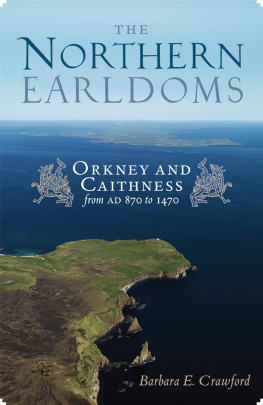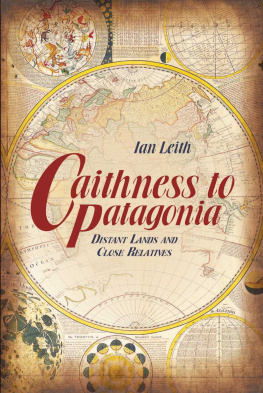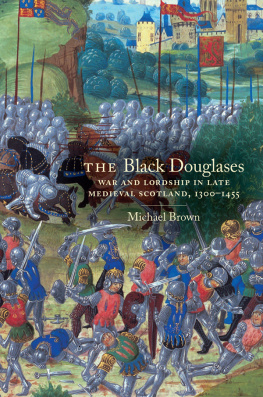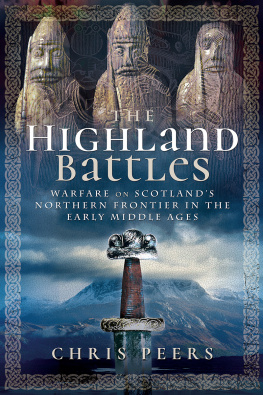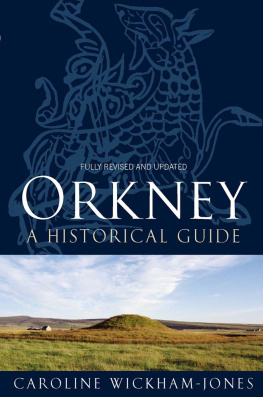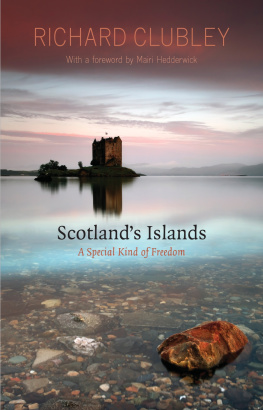THE NORTHERN EARLDOMS

This eBook edition published in 2013 by
Birlinn Limited
West Newington House
Newington Road
Edinburgh
EH9 1QS
www.birlinn.co.uk
First published in Great Britain in 2013 by
John Donald, an imprint of Birlinn Ltd
Copyright Barbara E. Crawford 2013
The right of Barbara E. Crawford to be identified as the author of this work has been asserted by her Estate in accordance with the Copyright, Designs and Patents Act, 1988
All rights reserved. No part of this publication may be reproduced, stored or transmitted in any form without the express written permission of the publisher.
Print ISBN: 978-1-90460-791-5
eBook ISBN: 978-0-85790-618-2
British Library Cataloguing-in-Publication Data
A catalogue record for this book is available from the British Library
To all friends and neighbours in the northern world of the earldoms

List of Plates
COLOUR PLATES
BLACK AND WHITE PLATES

List of Figures

Preface and Acknowledgements
After a long career teaching and researching the history of the joint earldoms of Orkney and Caithness I have accumulated over the years a host of colleagues, former students and Scandinavian contacts with parallel interests in the medieval world of north Britain and the north Atlantic. We are co-workers in many fields of endeavour: primarily history and archaeology, language and place-name studies. The highlights of my retirement have been the volumes of essays written for me by many of these friends, students and colleagues: one resulting from a conference organised by Alex Woolf; These four whose own work in the fields of early medieval Scottish history, archaeology, place-names and numismatics has been an inspiration to me deserve my special thanks.
My focus on the history of the Norse world has benefited from collaboration with William Thomson and Sarah Jane Gibbon in Orkney, Raymond Lamb (now in Caithness) and Brian Smith in Shetland. Their knowledge and understanding of the history of Orkney and Shetland in the medieval period is unmatched and our discussions and correspondence over many years have been most valuable. It is encouraging to see the new development of teaching and research programmes undertaken by the Orkney and Shetland Colleges of the University of the Highlands and Islands, and most especially the focus on the history of Orkney and Shetland at the flourishing Centre for Nordic Studies where researchers such as Donna Heddle, Alexandra Sanmark and Ragnhild Liosland are taking our understanding of Norse society and Nordic culture in new and interesting directions.
Norway has always provided an extra-special added dimension to my northern researches, and the many visits I have had to that wonderful country have enlightened me and enhanced my understanding of the northern world to which the earls belonged. Among those Norwegians whose academic support and personal friendship have helped to make me feel welcome to their country and its historical traditions have been Per Sveaas Andersen (whose advice I sought all those years ago when starting out on postgraduate research), Knut Helle and Ingvild ye, Hans-Emil Lidn, Erla Hohler, Alf Tore Hommedal, and more recently Jon Vidar Sigurdsson and Steinar Imsen. The younger generation some of whom have been participants in the exchange programme between the School of History at St Andrews and the Centre for Medieval Studies in Oslo such as Margrete Syrstad, Torhild ien and Regin Meyer have developed Viking and medieval Norse studies in different and exciting ways. I would like to acknowledge in particular the recent important publications on aspects of Orkney history by Haki Antonsson (2007), Randi Wrdahl (2011) and Ian Beuermann (2012).
My own efforts in the world of Viking and Norse studies have encompassed an interdisciplinary combination of history and archaeology, with some forays into the study of place-names.
It may be thought that there is too great a focus in the following chapters on my own publications. The main purpose of this book is to renew, update and expand a thesis dating back forty years with the further work undertaken since then by me and by other scholars. William Thomsons New History of Orkney has filled the gap as a general and fully comprehensive history of the islands, and Randi Wrdahls recent study of the skattlands of Norway has put the Orkney earldom firmly into the Norwegian political and judicial context. This book aims therefore to give a fresh assessment of the history of the joint earldoms of Orkney and Caithness based on my doctoral dissertation but taking it much further, and benefiting from the accumulation of information in the intervening forty years. The writing of this book has provided an opportunity to revisit the topic and to take a fresh look at this very remarkable long-lived northern Scottish and Norwegian political and cultural institution.
In some respects I adjust my interpretation of the role of the earls in the histories of the two kingdoms, Norway and Scotland, and in other respects I make a new bid to impress the reader with the importance of these joint earldoms as part of the Viking phenomenon, and as part of Scotlands history. The main thread in the following pages takes the story of the Viking earls beyond the Norse era and into medieval history. It will hopefully provide some enlightenment for those who have wondered What happened to the Vikings after the Viking Age?
Grateful acknowledgements are due to many people who helped with advice on particular aspects, and with the acquisition of illustrations. Duncan Stewart of the University of St Andrews Printing and Design Unit drew most of the maps which are such an important aid to our understanding of the earls place in the maritime world of northern Scotland and the North Sea zone. Paul Bibire kindly contributed the stemma and notes on Orkneyinga Saga and provided ready help with many linguistic questions. Simon Taylor, Brian Smith, William Thomson, Robert Smart, Elisabeth Okasha and Doreen Waugh responded to requests for help and advice with particular chapters or captions. Andrew MacEwans comments on Chapter 7 have rescued me from factual and grammatical errors. Alison Rosie of the National Archives of Scotland gave unstinting help with the provision of the illustrations of Earl Johns charter and of his seal. Dave Cowley of RCAHMS provided appropriate aerial views for the cover photographs. Other help with pictures was generously given by Geoffrey Stell, Peter Anderson, Iain Ashman, Steinar Imsen, Alf Tore Hommedal, Bjrn Bandlien, Morten Stige and Chris Lowe. Above all, my husband worked magic on many sometimes unsuitable images and turned them into publishable material. This book is a monument to his and Magnus devoted support in so many ways over many years.
In addition I would like to acknowledge the professional care and high standards of the production team at Birlinn, headed by Mairi Sutherland, who devoted considerable time towards the publication requirements of this book and considerable patience with the authors wishes and considerations. Alicia Correa also contributed her professional expertise as an indexer, maintaining our close links from her St Andrews days. This book is published on the 600th anniversary of St Andrews University with which I have been associated throughout my academic career, as student, postgraduate researcher and teacher of Medieval History. I hope it lives up to the Universitys motto, which has inspired generations of those who have studied and taught within its venerable walls by the sea which unites many of the places explored and depicted in the following pages:

